Syriac Paleography
Description
Syriac scripts from the earliest Estrangela to the 21st century, including Garshuni.
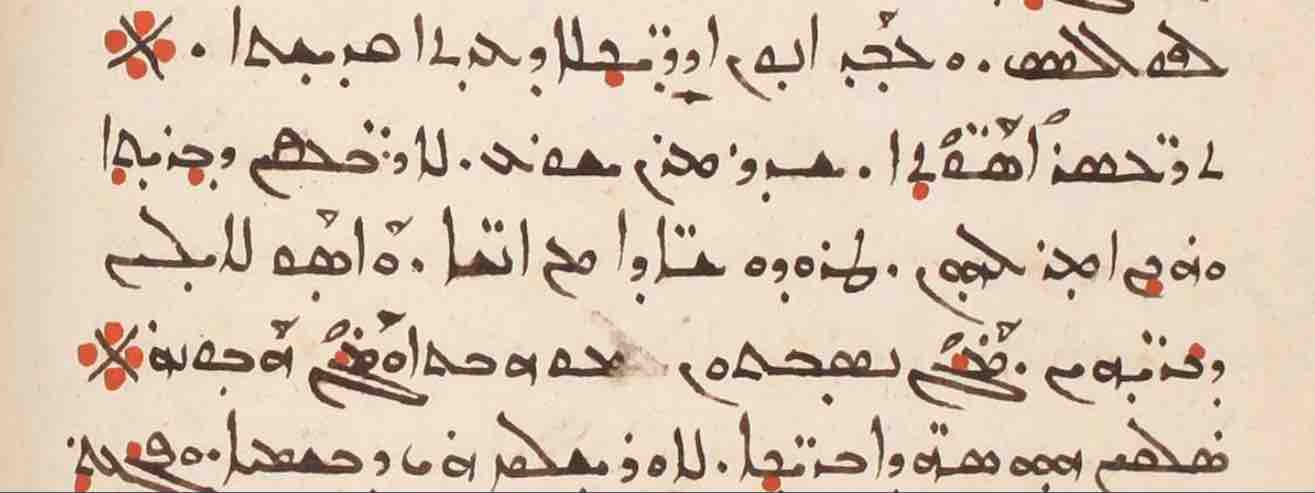
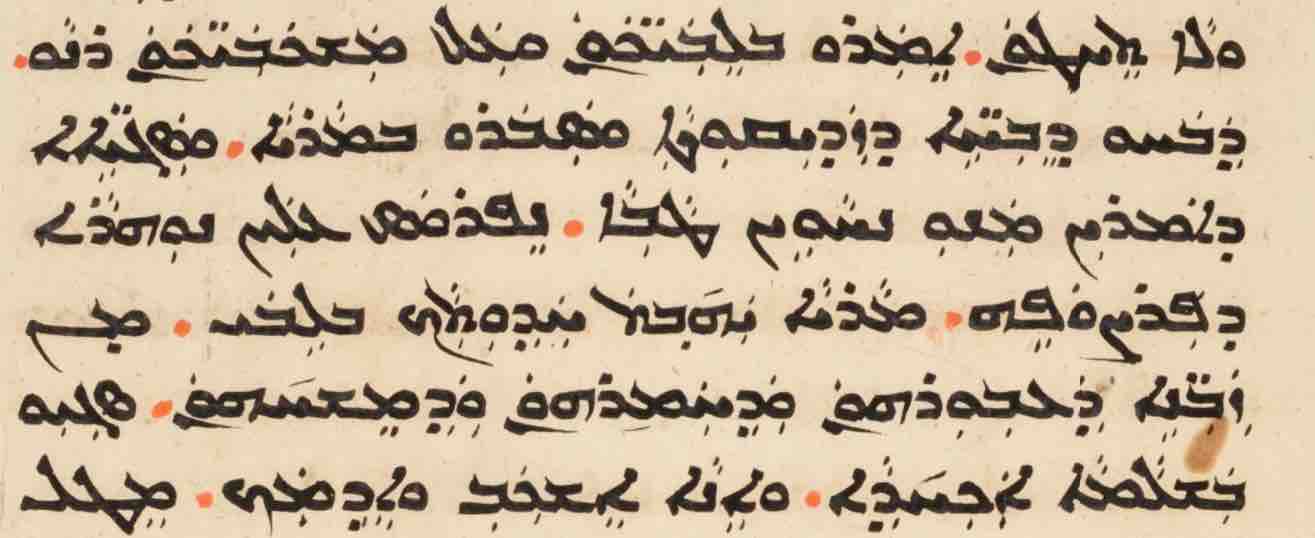
Basics
Syriac script has served not only for writing Syriac and Neo-Aramaic, but also for several non-Aramaic languages, including Armenian, Turkish, and Persian.
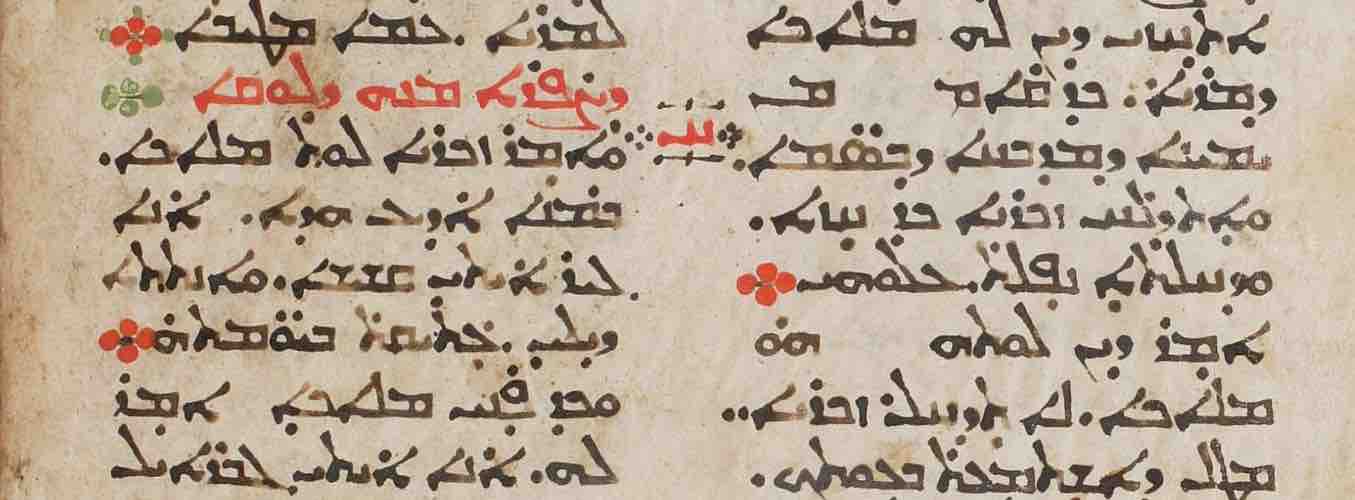
Earliest Estrangela
Manuscripts survive from as early as the 5th century with the fundamental handwritten form of Syriac script.

Usual Estrangela
A “standard” form of Estrangela that begins to show the variations often characterized as “Serto” script.
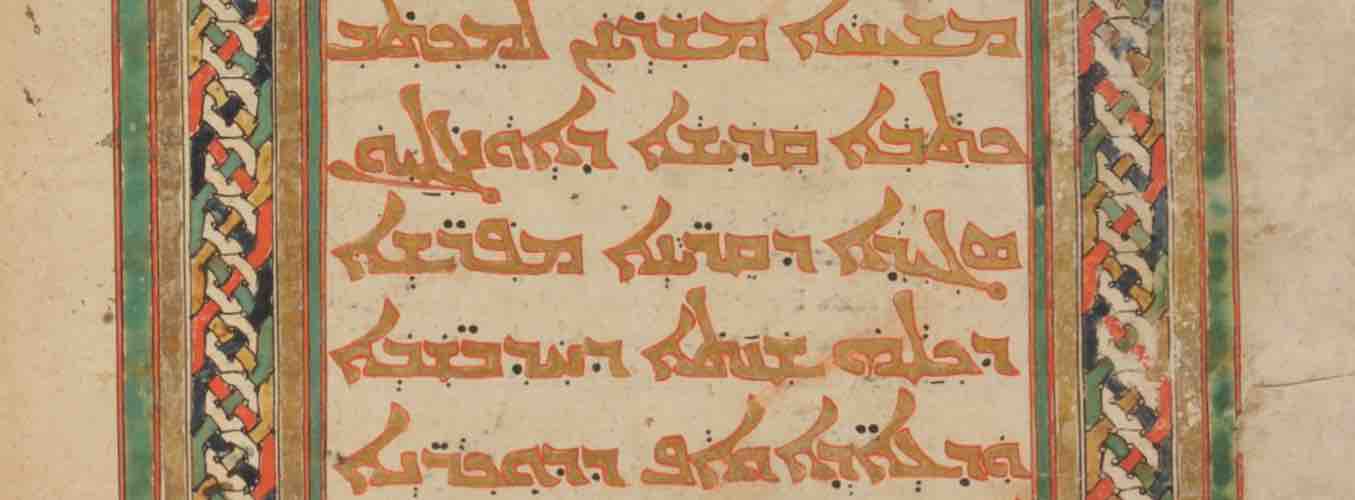
Later Estrangela
Further evolution of Estrangela script as well as its continued use alongside other script-types.

Serto
A variation on Estrangela that becomes typical of West Syriac tradition manuscripts.
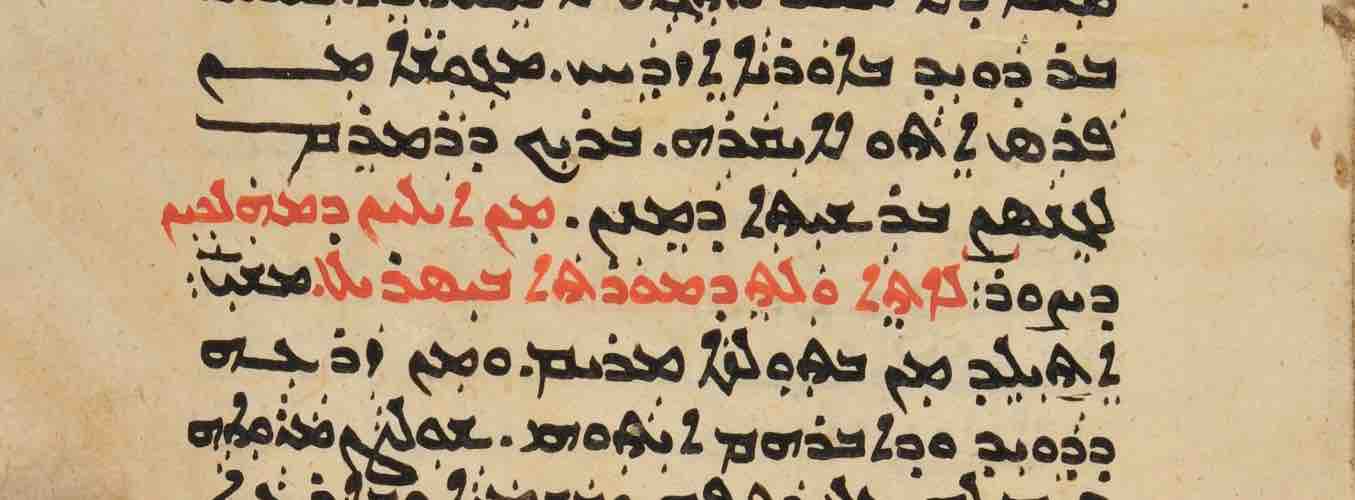
East Syriac
A development of Estrangela used in East Syriac tradition manuscripts, often with complex vocalization and other diacritical marks.
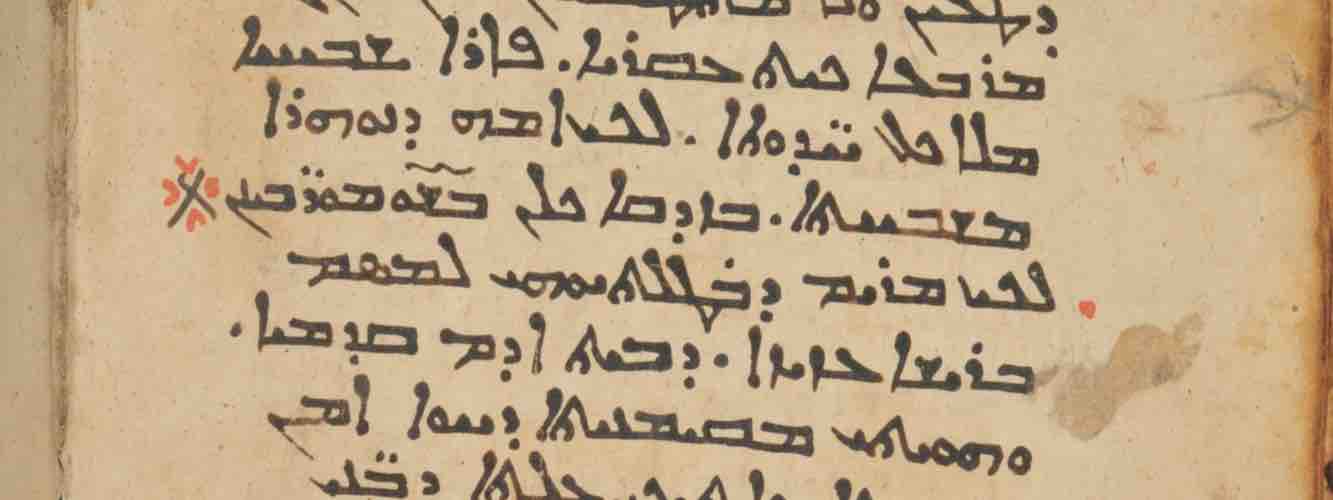
Melkite
The distinctive script used by Chalcedonian Syriac Christians.
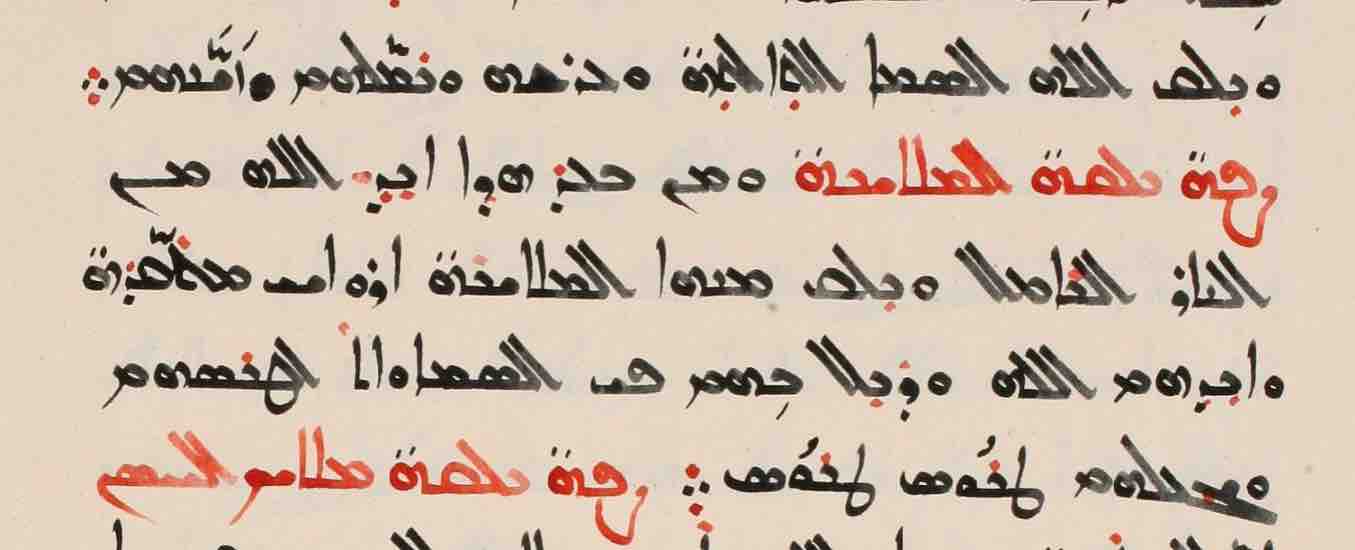
20th and 21st Century - Serto
The living tradition of Syriac writing continued in the age of print, with interesting adaptations to new materials.

20th and 21st Century - East Syriac
The living tradition of East Syriac manuscripts, as shown in Chaldean manuscripts from Iraq.
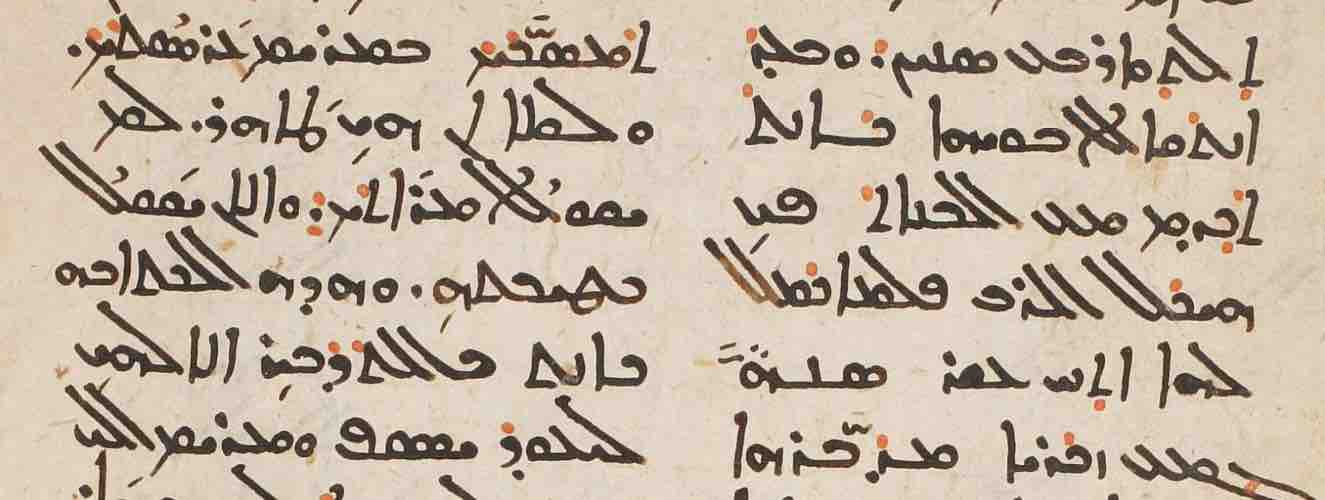
Garshuni
Syriac script used to write Arabic texts, with various approaches used to represent the more numerous Arabic letters.